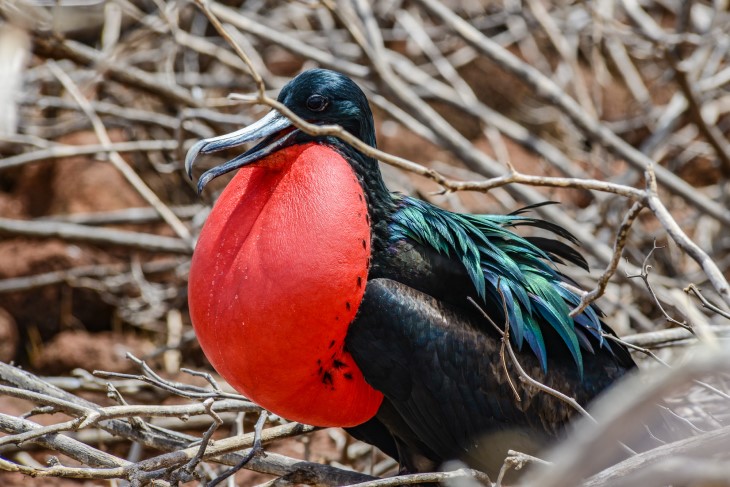
SIGN UP TO RECEIVE
15% OFF
IN YOUR NEXT TOUR
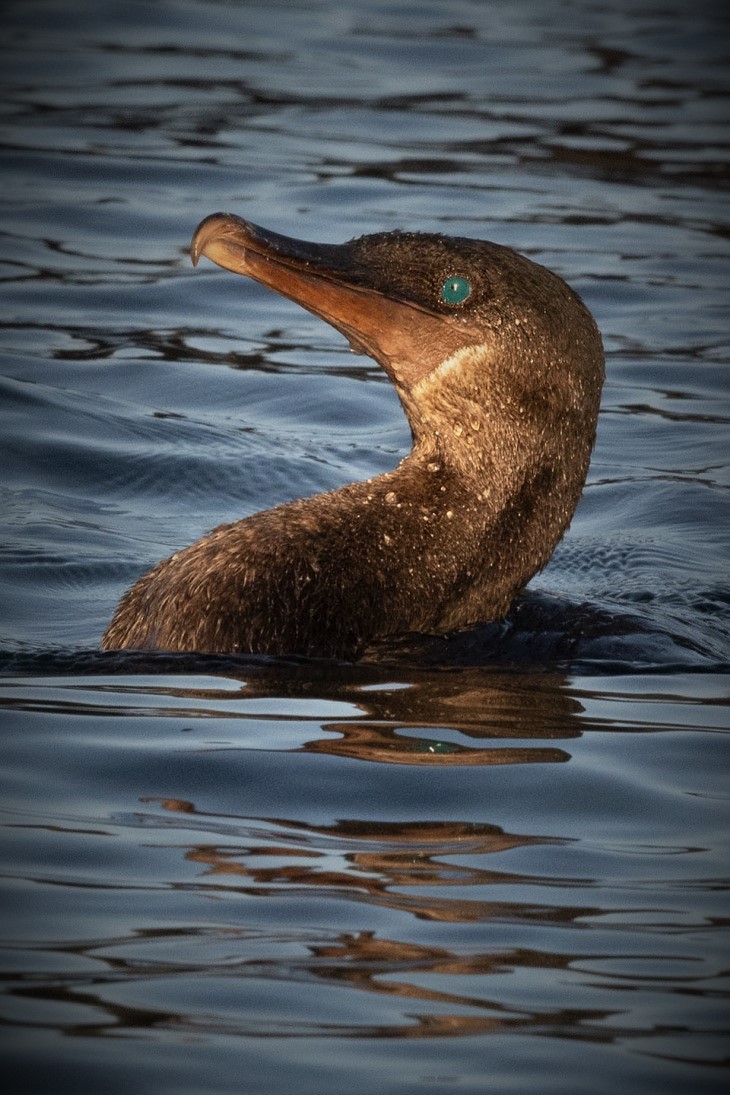
Galapagos Flightless Cormorant: A Unique Wonder of Evolution
SCROLL DOWN TO READ
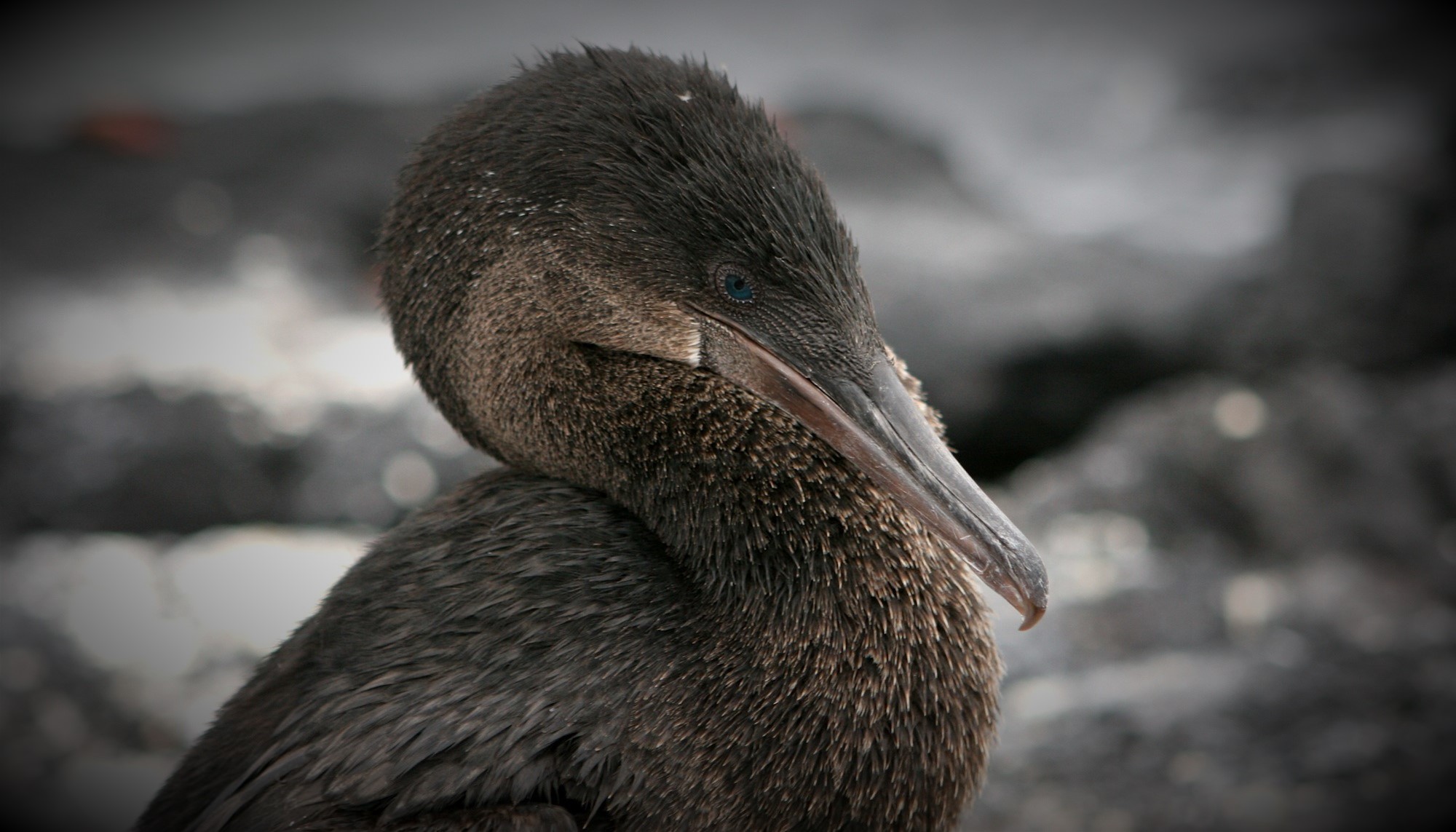
Galapagos Flightless Cormorant: A Unique Wonder of Evolution
SCROLL DOWN TO READ
Galapagos Flightless Cormorant: A Unique Wonder of Evolution
The Galapagos Flightless Cormorant (Phalacrocorax harrisi) is truly a marvel of adaptation, found nowhere else in the world. This fascinating bird, with its long neck, sleek form, and piercing blue eyes, has become a favorite for all visitors to the Galapagos. While cormorants are found globally, thriving as marine birds that dive from the sky to hunt fish, this particular species has taken a unique evolutionary path in the Galapagos.
Interestingly, the Flightless Cormorant first arrived on the islands as a flyer, just like the other 27 species of cormorants around the world. However, as the species adapted to the rugged, volcanic landscape and saltwater surroundings of the Galapagos, it evolved to forgo flight, becoming an efficient swimmer instead. The need for food and movement in these unique conditions led the cormorant to develop stronger legs and smaller wings, transforming it from an aerial hunter to a wading and diving specialist.
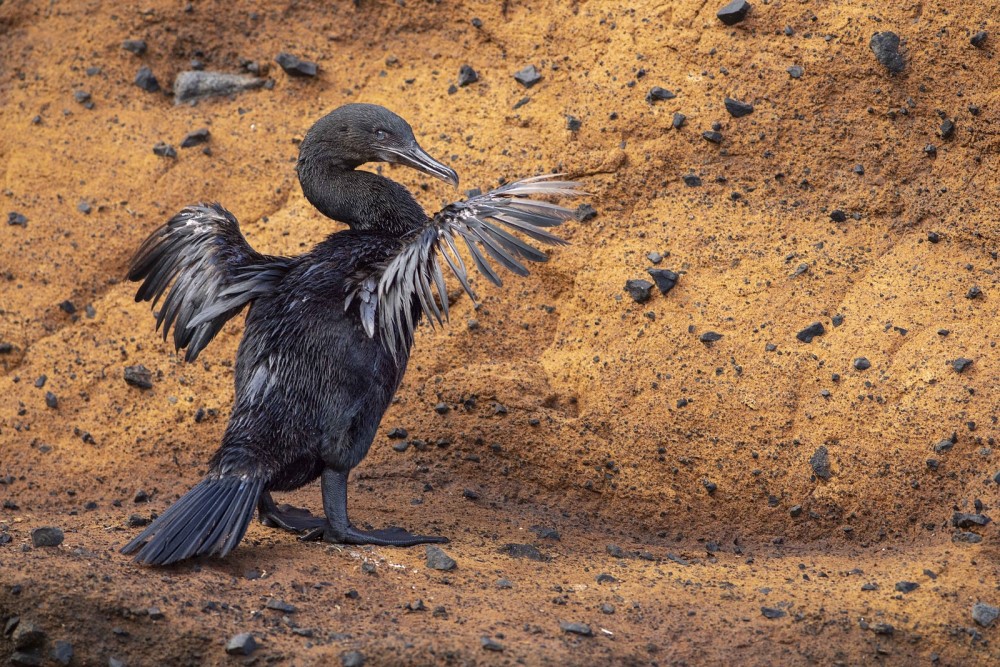
Over millennia, the Galapagos Flightless Cormorant transformed from an airborne flyer to an expert swimmer, eventually evolving into the only flightless cormorant in the world. Why did it lose its wings for flippers? Two likely reasons are its ready access to food close to shore (within 100 meters) and the absence of large land predators, removing the need to fly to escape danger.
While its wings shrank, one quirky behavior remains: after swimming, it still spreads its vestigial wings as if to dry them, a remnant of a time when it could take to the skies. The flightless cormorant’s habitat is largely along the nutrient-rich western shores of Isabela and Fernandina Islands, where the cold Humboldt and Cromwell Currents deliver an abundance of fish and octopus—perfect for this grounded hunter.
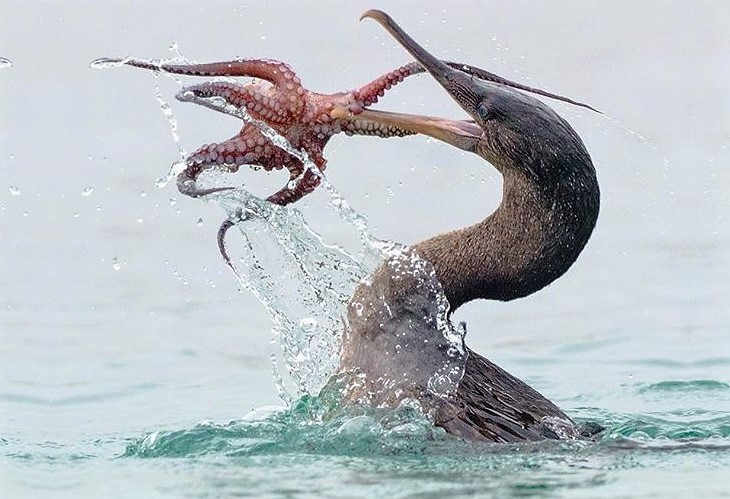
Interestingly, no flying cormorants remain in the Galapagos; they have all evolved or gone extinct, leaving only this rare, flightless variety. However, the species now faces a new threat, classified as “vulnerable” by the International Union for Conservation of Nature (IUCN), indicating that unless conditions improve, this unique cormorant could soon be endangered.
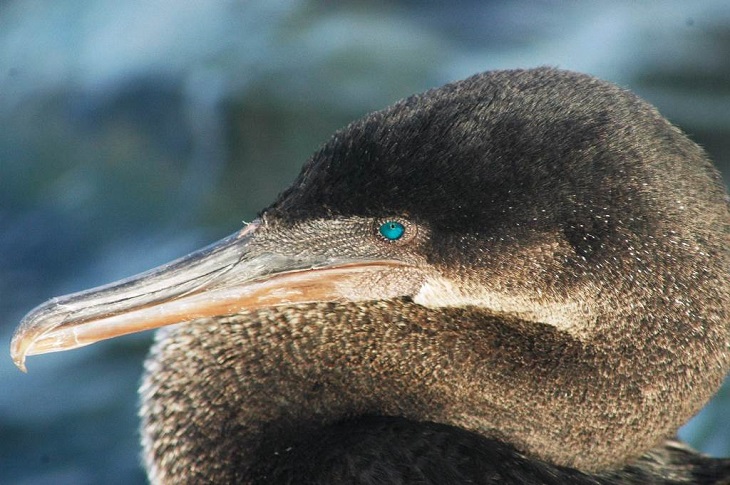
With only about 1,500-1,600 individuals left in the wild, this remarkable bird relies on ongoing conservation efforts to preserve its limited population, a true symbol of both the adaptability and fragility of Galapagos wildlife. Today, the Galapagos Flightless Cormorant is not only a symbol of evolutionary adaptation but also one of the most remarkable birds in the world.
